
Silent Discussion/Graffiti
Teaching STEM
This strategy helps students develop collaboration skills as they contribute opinions and personal connections to a topic.

Sorting Mats
Teaching STEM
This strategy helps students develop critical thinking skills as they sort, organize and classify things in different ways.
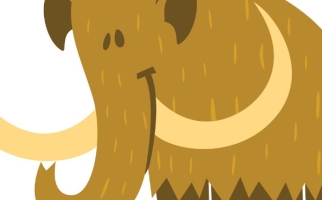
Should Scientists Clone Extinct Species?
STEM Explained
Cloning makes it possible to bring extinct species back to life. But is that a good idea?
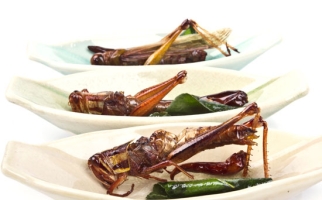
Should We Eat Bugs?
STEM Explained
What's tasty, abundant and high in protein and vitamins? Bugs! Bugs feed about 2 billion people each day. They also hold promise for food security and sustainability.

Soaring for Sport
STEM Explained
Ever dreamed if overcoming gravity and flying away? Using aerodynamics, wingsuit jumpers get as close to flight as humanly possible.

Sound vs. Noise
STEM Explained
What is the difference between sound and noise? How do they affect your hearing? And is noise always a bad thing?

Stethoscope Replica
Interactives
Using stethoscopes, doctors can use sound waves to detect various health issues. Learn how this device has evolved since it was invented in 1816!

Exploring Sound
Lessons
Students will learn about and explore the properties of sound through activity centres.

Space Junk
STEM Explained
Litter isn't just a problem on Earth. When litter ends up in space, it can cause collisions and other consequences for satellites, the International Space Station and even for people on Earth!
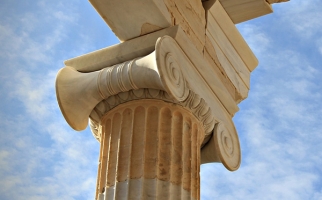
Strong Shapes: Cylinders
Lessons
Students develop and apply comparing & contrasting, observing and predicting skills as they explore the strength of cylinders made with different materials.

Spaceflight and Bone Loss
STEM Explained
Astronauts can experience bone loss in space. To understand why, you need to know a bit about how bones are formed and maintained in your body.
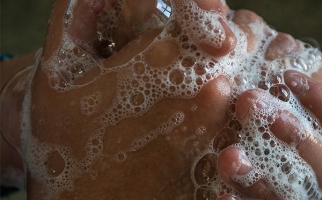
Stupendous Suds
STEM Explained
Every time you wash your hands with soap, there are complex chemical reactions taking place.

Plate Tectonics
STEM Explained
The surface of the Earth is constantly moving, and earthquakes and volcanoes occur, because of plate tectonics.

Polystyrene: The Pros, the Cons, the Chemistry
STEM Explained
Learn the organic chemistry behind this very useful plastic. Why is recycling polystyrene hard? Why does polystyrene often end up as solid waste?
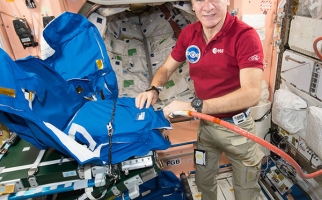
Radiation and Human Space Exploration
STEM Explained
One of the greatest hazards that humans in space face is cosmic radiation. Learn what cosmic radiation is, why it's dangerous, and ways that we are looking at protecting humans in deep space.